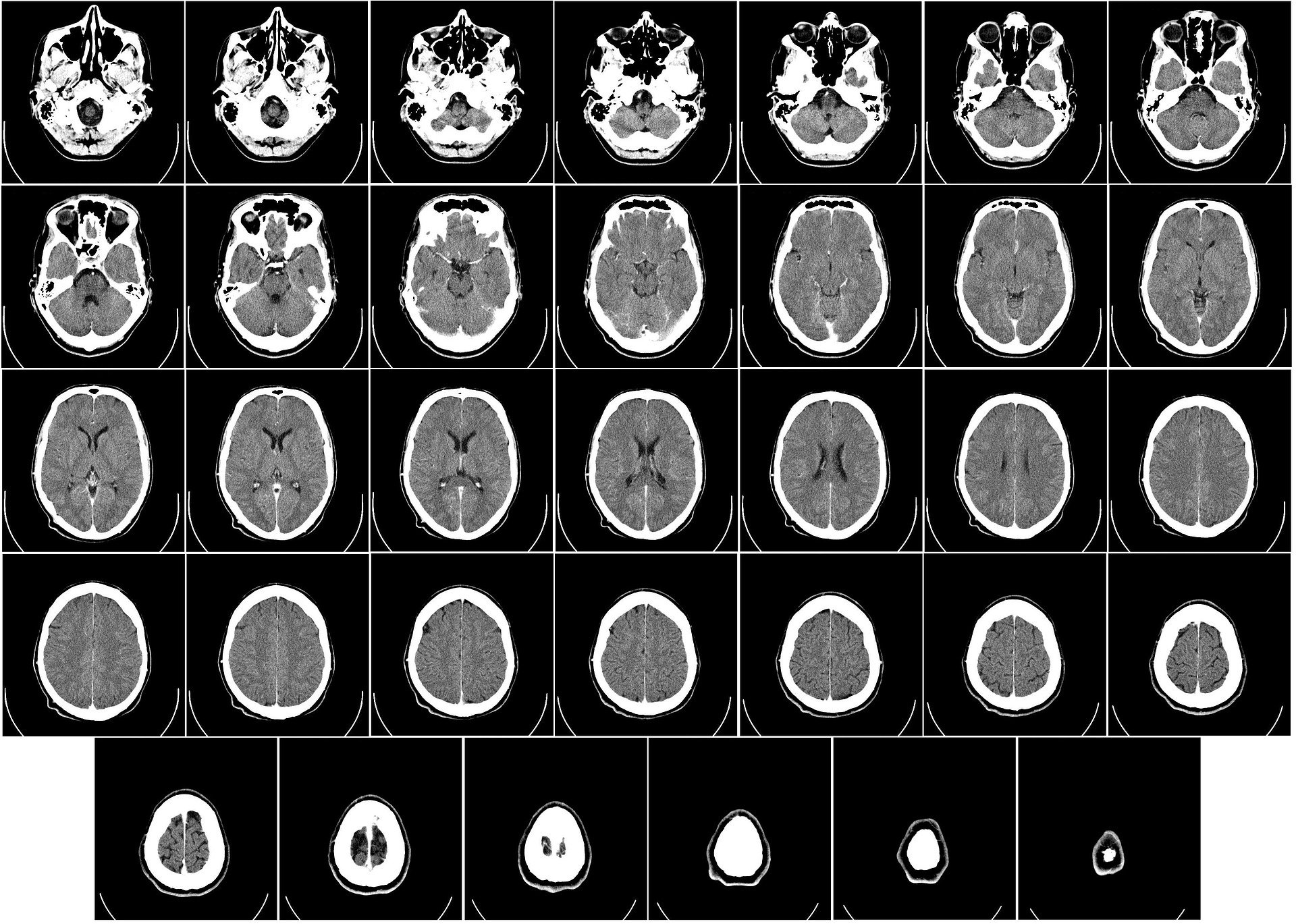World Brain Tumor Day: With a healthy diet, exercise, less stress, the risk of developing a brain tumor can be reduced

Lifestyle is an important segment in the prevention of any disease. Healthy choices when it comes to diet, exercise, avoiding carcinogenic substances and reducing stress can effectively reduce the risk of developing a brain tumor, he told MIA Doctor Visar Miftari, medical director of PHI UC Neurology in Skopje, with whom we spoke on this subject on occasion June 8 – World Brain Tumor Day.
– Awareness of one's own risk is of great importance. Certain factors can increase the risk, knowing these factors can help to identify the risk and potential symptoms in time, so that the person can be examined in time. The main risk factors for a brain tumor include age, exposure to radiation, a family history of a brain tumor, and current cancer, which can metastasize to the brain from another organ. The risk increases with age. Eating a lot of fruits and vegetables and reducing cholesterol by limiting fatty foods can help in prevention - explained Miftari.
According to the latest data from the IJZ, he pointed out, the number of patients in our country is decreasing.
- In 2019, with diagnoses according to ICD10 S69-S72, a total of 609 people were treated, in 2020 the number shows a slight increase, i.e. 713 people were treated. In 2021, according to the IJZ, the number will literally be halved and 355 people will be treated. Of these, 64,5 percent or 229 people were male, and 35,5 percent or 126 were female, which means that men were almost twice as likely to be curvy as compared to women. It is important to note that the mortality in these neoplasms is much lower compared to others, information which is probably due to the small number of those diagnosed - Miftari said.
Exist several types of brain tumor, and among the most common, he added, are the metastatic ones with the most common primary lung tumor, meningioma which is actually a tumor of the brain lining, glioma, glioblastoma which is actually the most common primary brain tumor which unfortunately has a very low chance of survival, from 11-15 months after diagnosis and astrocytoma which can be slow-growing and aggressive.
The most common symptoms are headache, vague onset of loss of consciousness, persistent feeling of nausea, vomiting and sleepiness, mental or behavioral changes such as memory problems or personality changes, progressive weakness or paralysis on one side of the body, problems with the type and are often related to the location of the tumor formation itself.
- At our clinic, one person was treated in total for 2019, three people were treated in 2021, four people were treated in 2022, and so far in 2023, only one person with two subsequent hospitalizations. The youngest patient who was treated at our clinic was born in 1988. The number of these patients is small because the treatment of tumors is mostly surgical, and in some people radiotherapy is also used - said Miftari in a statement for MIA.
There is no way, he underlined, to prevent the appearance of a tumor.
- People at increased risk can have screening tests, but screening is not prevention. If there is a family history of a brain tumor or other hereditary syndromes that increase the risk of its occurrence, a neurological examination can be done and vision, hearing, balance, coordination and reflexes can be tested, but it is not mandatory - said Miftari.
For more information on brain tumors, MIA also reached out to the Institute of Public Health.
In 2017, according to their data, there were a total of 170 deaths from malignant brain neoplasm. One of them died one person under five, one over five, two over 10, one over 15, two over 20, two over 25, three over 30, three over 35, one over 40, eight over 45, 14 over 50, 14 over 55, 19 over 60, 39 over 65, 29 over 70 and 31 over 75 years.
In 2018 there was a total 149 deaths. One person over 10, one over 15 and under 20, three over 35, two over 40, six over 45, seven over 50, 18 over 55, 14 over 60, 28 over 65, 25 over 70, 44 over 75 .
In 2019 there was a total 140 deaths, from which one person under five, one over five to 10, one over 25, two over 30, four over 35, one over 40, six over 45, 10 over 50, 14 over 55, 17 over 60, 28 over 65, 27 over 70, 28 over 75 years.
One hundred fifty-four deaths are registered in March 2020, XNUMX Of them, ther persons over five years, one over 10 under 15, one over 20 under 25, two over 30, four over 35, four over 40, 11 over 45, 14 over 50, 11 over 55, 23 over 60, 25 over 65, 24 over 70, 31 over 75 years.
One hundred and seventy one deaths is recorded in March 2021, XNUMX From them, 101 men and 70 women. One male person died under five years, one from 10 to 15, one over 20, two over 25, two over 30 under 35, six over 40, three over 45, four over 50, nine over 55, 23 over 60, 26 over 65, 12 over 70, 11 over 75 years. Of the female persons, one to five years, one over 35, one over 40, five over 45, three over 50, one over 55, 15 over 60, 13 over 65, 16 over 70 and 14 over 75 years.
Source: MIA


